
A Writer’s Venn for Writing-Zen
Let me share with you the nature of my toil. I’ve got all this stuff in my head that I believe you would enjoy having in your head. That’s why I write.
But it’s not as easy as it sounds. A great distance lies between my head and yours, with terrible obstacles in the space between. Plus, you have your very own universe of glittering thoughts and ravishing ideas bursting the seams of your own mind. You have little room for anything else! And, while I’m coming at you with my precious little thought, a million other distraction-enthusiasts are also trying to dump their hot thought-products into your head as well. Idea-panhandlers station themselves at every corner, begging you to read their cardboard scrawl. So when I come dancing in with my dazzle sticks and word plays, trying to get you to consider my thoughts, you resist (as you should).
Yet I still want to break through. But how?
The first thing and most important thing: have something worthy to say, something worth your reader’s time. Good writers respect their audiences and filter their ideas before sharing—they don’t write a post for every dumb thought that gives them a cognitive tickle (that’s what Twitter is for).
But once I have something to say, how do I say it? I have found that I write best when I effectively accomplish three things: readability, communication, and concision. This can be put on a Venn diagram (so it must be true, right?) like this:
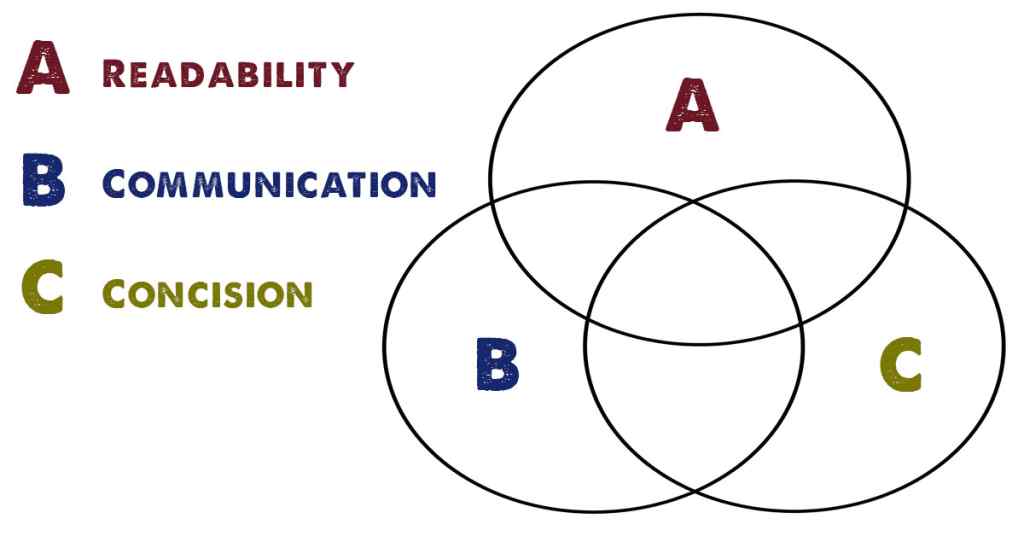
A: Readability: How does the writing taste? How easy are these words to devour? Does it come off as conversational, like old friends at a bar? Or does it weaken the eyelids, like an insurance agent explaining terms & conditions? Does it sound natural? Or calculated? Does it sound true, or merely intellectual? Readability has a lot to do with style.
B: Communication: Has the idea actually transferred? You can have all the style in the world, a total joy to read, yet still not communicate a damn thing. Remember: the goal is to have an idea migrate from my brain to yours, and for the idea dancing around in my head to be installed over there in dance hall of your head. This requires clarity and effective explanation. Tools like metaphor, analogy, story, and statistics are useful.
C: Concision: We all battle tenacious todo lists, and time tyrannizes us all with her hurry and intractable demands. If I want my words read, I need to be efficient. So I must ask: have I written this with as few words as possible? (note: this is not necessarily about being “short.” Sometimes every word of a 1,000 page novel is needed). Even now, in our modern era, getting-to-the-point remains an oft-neglected virtue.
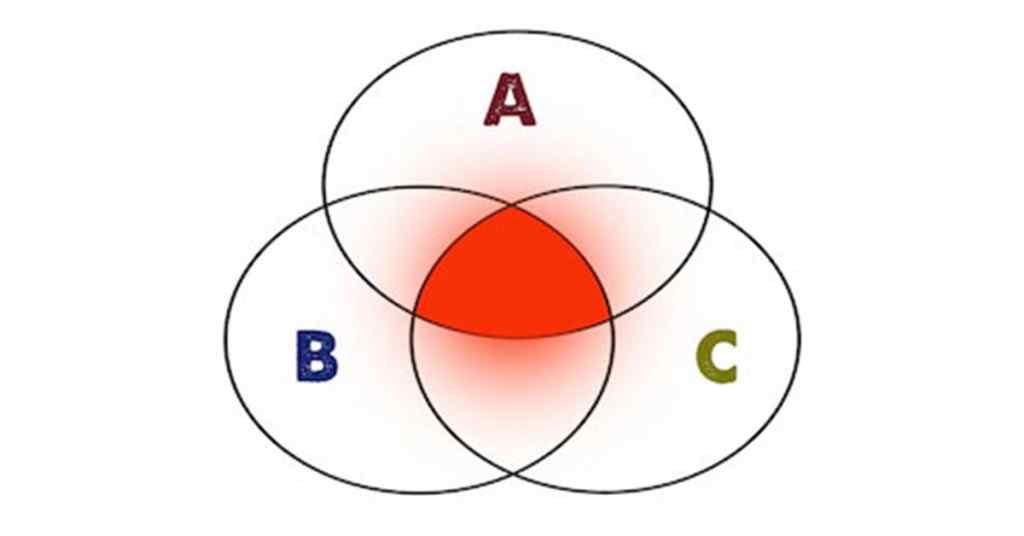
When these three elements all hum along together effectively, readers will fall into a text-trance and lose themselves in the writing, forgetting they are even reading. The end will come suddenly, and they’ll want more (or they’ll want to read it again).
Succeeding in all 3 is a beautiful thing. But it’s not easy to do. Usually, I only get 2 out of 3:
(1) Good Readability and Good Communication, but Poor Concision (A+B):
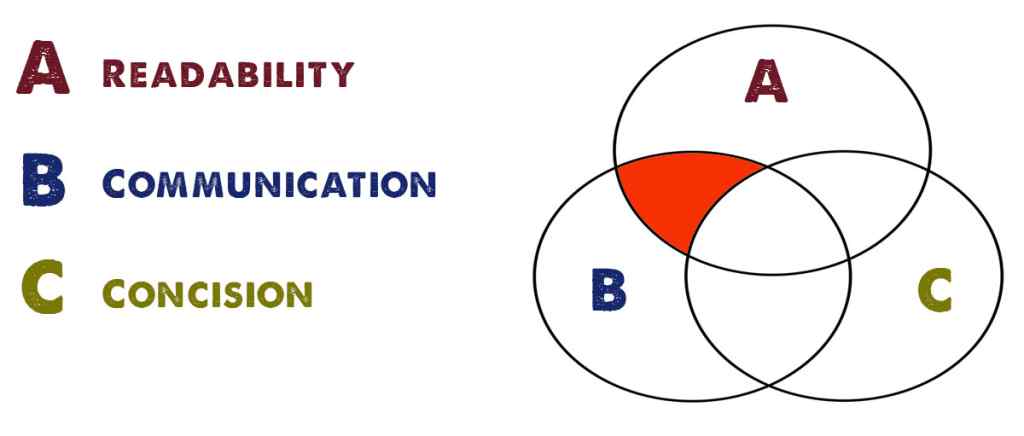
These pieces are pleasant to read and informative, but long-winded. They come off as being too much of a good thing (example). The clock on the wall ticks slow, and reading each word feels like swallowing sour cotton.
FIX: Find your most essential point and hone in on it. Then, sharpen the blade and start swinging. Chop-chop-chop. Get rid of as much as you can. Or, repackage more tedious ideas in the form of analogy or story.
(2) Good Concision, Good Communication, but Poor Readability (B+C):
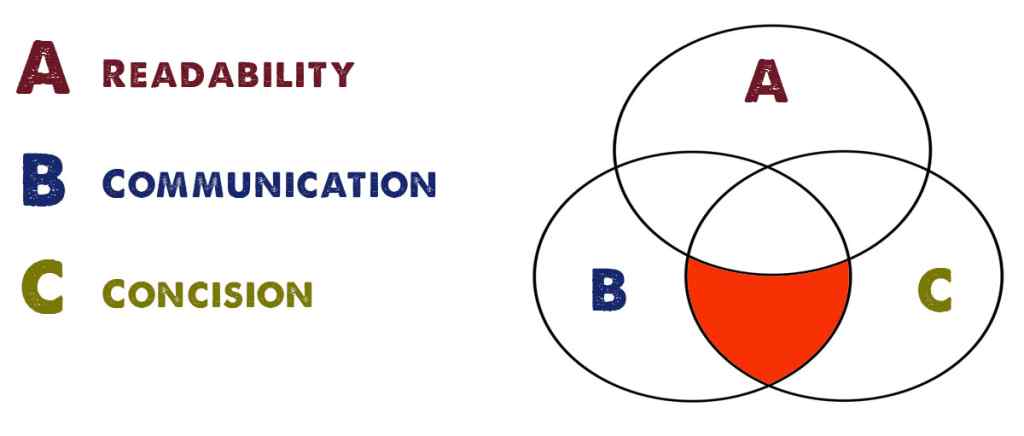
These pieces get to the point, and tell us something we want to know, but they lack sugar. They plod along like a stuffy intellectual—without personality, without heart, without seduction.
FIX: The problem is that you have no voice. There’s no character. Try re-writing the whole thing as if you were speaking it to your friends at the bar. Allow yourself to include why this writing matters to you. If you don’t give a damn about it, why should your reader?
(3) Good Concision and Good Readability, but Poor Communication (A+C):
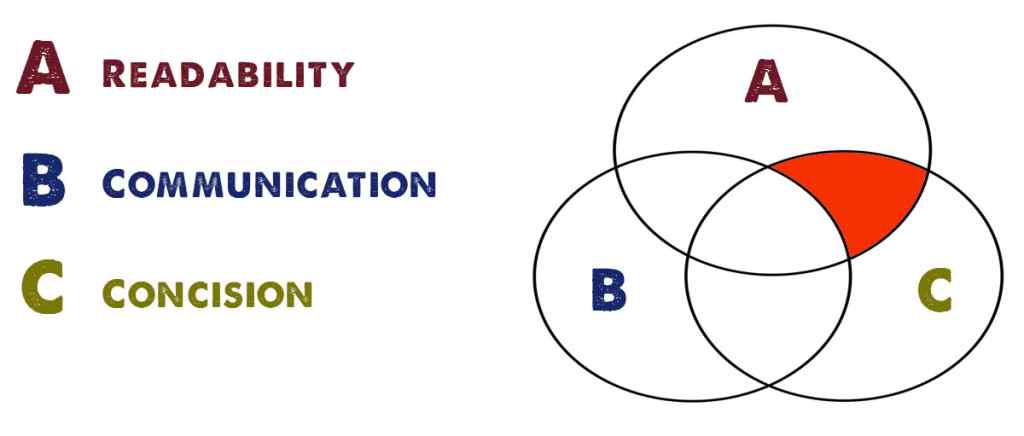
These pieces have personality, read well, and are efficient, but often feel either like there is no point, or the point is confusing. These writings hum along, they do things, they sparkle, but nothing is accomplished. It’s like watching a hockey game with no nets: it might be fun for a while, but the meaninglessness will eventually get to you. These writings charm us, but the writer leaves us clueless about why she wrote it. It’s like listening to a 5 year old (cute as a button) describe a strange dream, or a rock star share their views on God. They both might be a joy to listen to, but you get NOTHING out of it.
FIX: First, ask yourself: do I really know what I’m talking about? C.S.Lewis said something like “If you don’t understand what a writer is saying, chances are they don’t understand it, either.” Ideas often start as subtle intuitions, or vague feelings. If we jump to our keyboard too soon, no matter how readable we are, our output will come off as ambiguous. Crude. We need to let the concepts ripen. We need anecdotes, analogies, and experiences. Or, villains. A great way to get clarity on a new idea is to identify all the ideas that our new idea confronts or overthrows. How is our wonderful new idea so much better than all these other lousy ones?
Once I have something worth saying, I try to keep these elements in my mind as I write. I haven’t mastered it, but the more I try the closer I get. (some examples where I’ve come close: example1 , example2).
Right now I’m initiating research and writing for a new book, where I will put these principles into practice. To join my writing cohort, go to DanKentCanWrite.com. For more ideas about ideas, and other cognitive tickles, please follow me on Twitter: @thatdankent
Dan Kent